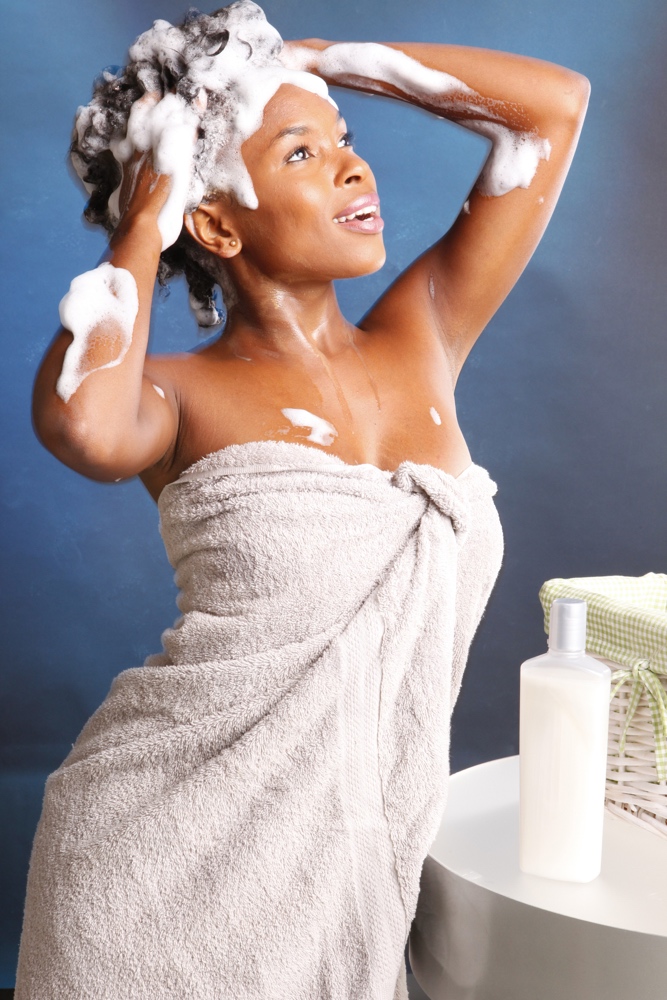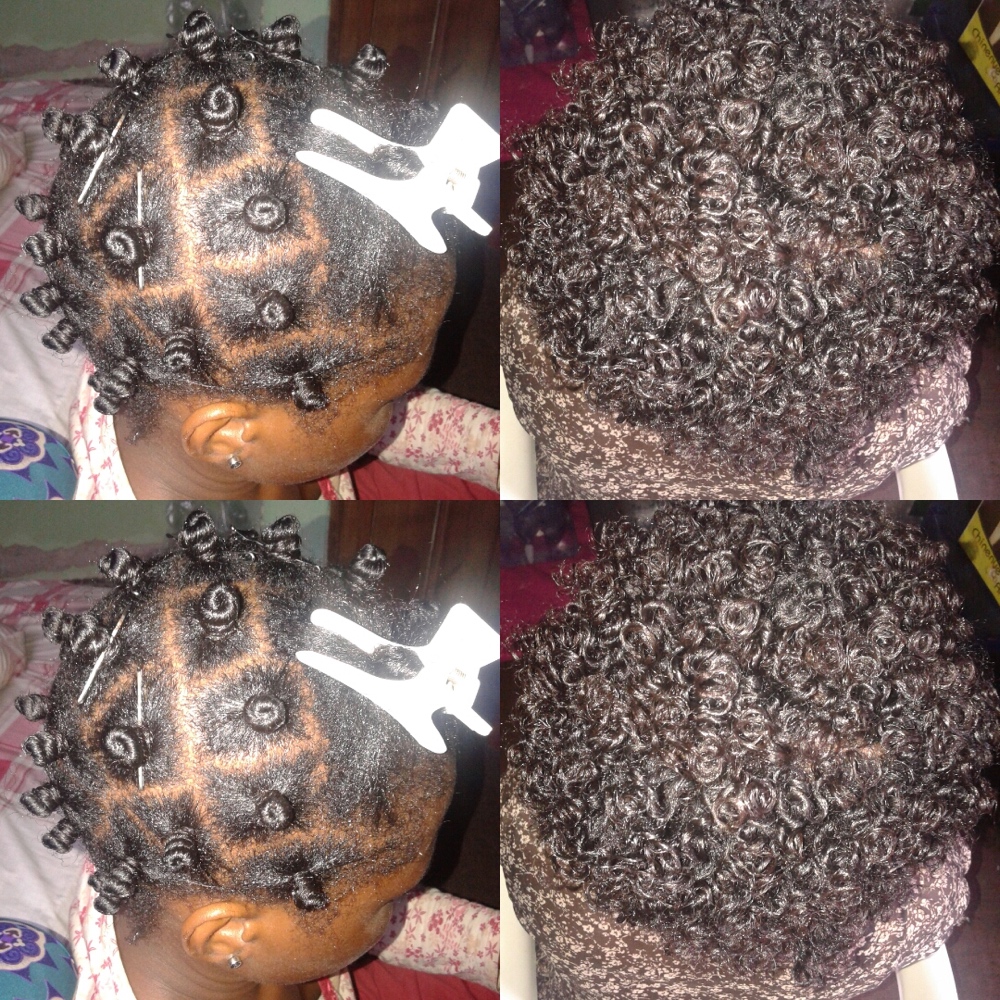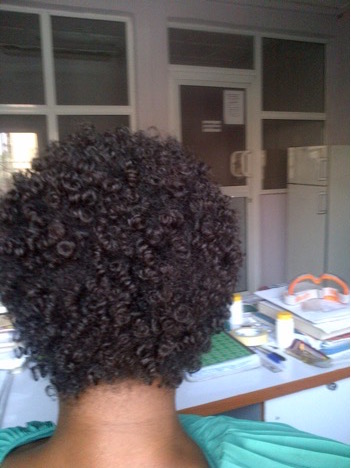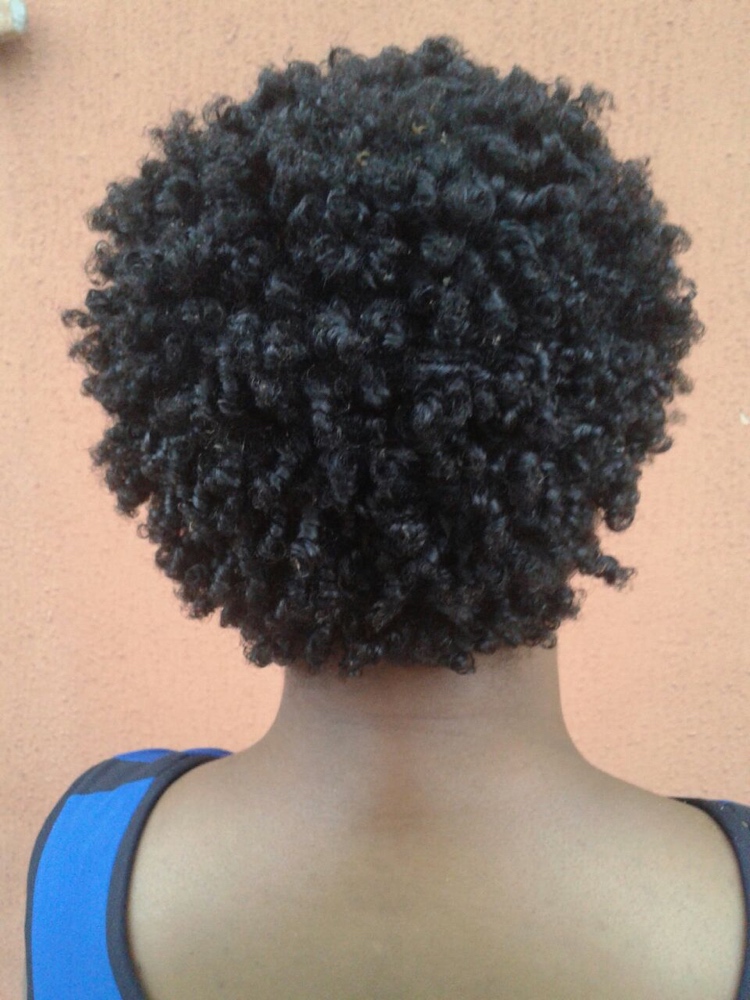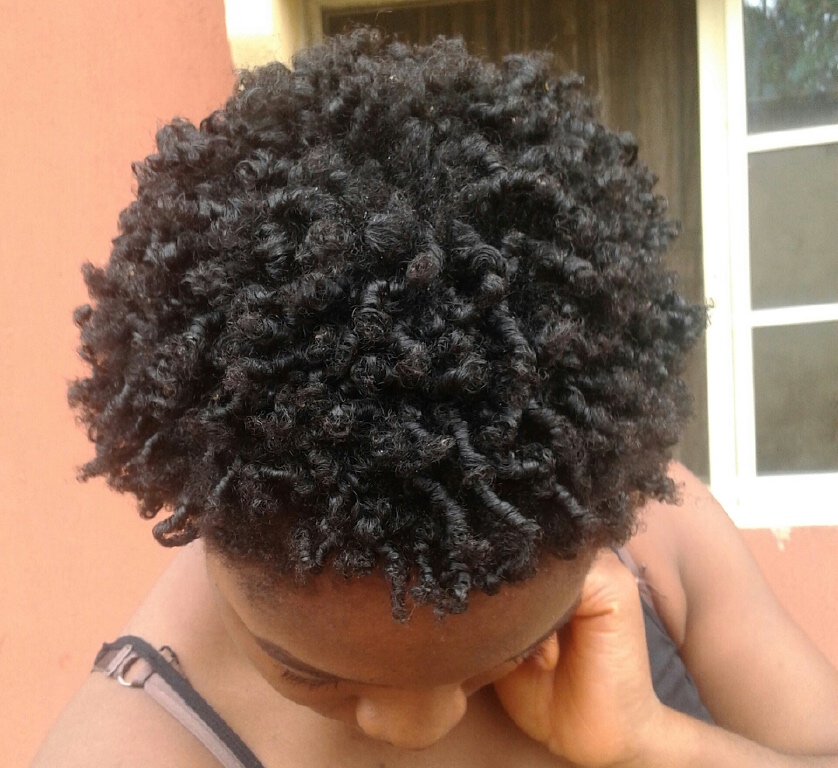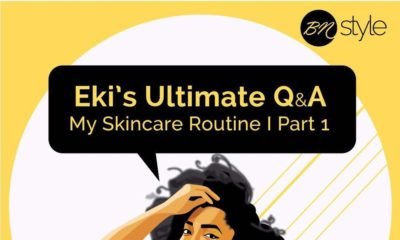Features
Nicole Ezeh: How To Prepare Your 4B/4C Hair For Styling
How To Prepare Your Hair For Styling
These are some tips on getting your hair soft and manageable enough for styling and getting perfect, frizz-free curls. This should be your normal regimen, not a once-in-a-while treatment. Leggo.
Moisturize Once or Twice A Week Using the LCO Method
LCO which stands for Liquid, Cream, Oil is the best way for moisturizing type 4 hair. The LOC method does not hold moisture as long as the LCO method does. Still, if the LOC method works best for your hair, then make sure you do it. Ignore any advice from anyone and do what your hair likes.
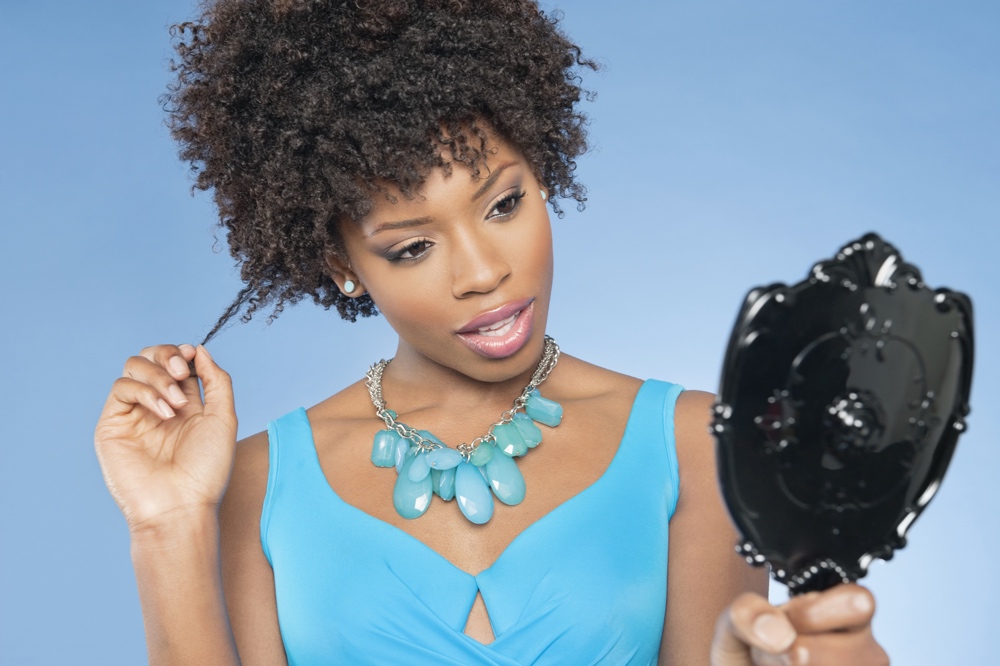 Knowing your hair porosity is also important because you just might be a LoPo (Low Porosity) girl who does not need to moisturize throughout the week. I have stayed for two weeks without moisturizing once or twice before because, life. I wrapped it up every night unfailingly so it kept it soft enough. Listen to your hair. Apply moderate amounts of products. Heavy-handedness causes product buildup which in turn leads to dandruff, dry/itchy scalp and hair loss so be economical.
Knowing your hair porosity is also important because you just might be a LoPo (Low Porosity) girl who does not need to moisturize throughout the week. I have stayed for two weeks without moisturizing once or twice before because, life. I wrapped it up every night unfailingly so it kept it soft enough. Listen to your hair. Apply moderate amounts of products. Heavy-handedness causes product buildup which in turn leads to dandruff, dry/itchy scalp and hair loss so be economical.
Cleanse and Deep Condition Your Hair Weekly
The same way weeding is carried out on a farm to give the crops space to grow, that is the same way you need to cleanse weekly so that your hair can breathe and grow. I grew up hearing that letting your hair be for a month or two without washing encourages growth (just like that story of leaving your nails dirty so they can grow). It does not. If you have more time on your hands, you can cowash midweek and cleanse during the weekends.
If you always do protective styles, reduce the amount of time you have it on for. Search for how to moisturize, wash and deep condition your hair while it’s in braids on YouTube. Avoid Sulfate shampoos. I am a DIY buff so I advise you learn how to make your sulfate-free and non-stripping shampoo at home using African Black Soap. Bentonite Clay and Castile Soap are great alternatives to black soap shampoos.
Weekly deep conditioning does wonders for the hair also. It moisturizes and softens the hair. The same way a plant gets watered to promote growth, that is the same way moisture nourishes and grows the hair. Bananas, Avocados, Oils and Yoghurt are great DIY deep conditioners. Store-bought deep conditioners can be used once a month to switch things up a bit if you can afford to. Deep conditioners containing Silicones, Mineral Oils and Petrolatum should be avoided. Deep conditioners without these harmful ingredients are expensive which is why making them yourself is more rewarding to your pocket. Read up on my last article to get different recipes on how to make your deep conditioner at home.
I use homemade recipes for 60-70 percent of my products and still have shiny, soft and healthy hair. Stop breaking the bank for products that will give you shiny hair when you have the ingredients lying around. High-end products do not always guarantee great results.
Prepoo/Hot Oil Treatments Weekly
Your hair needs daily care and for someone like me who leaves the house by 6:30am every morning and can’t manage that, weekly care. Start up your washdays with a prepoo or hot oil treatment. I prefer hot oil treatments, this is my secret to great hair. Coconut Oil is bae. I use herb-infused Coconut Oil which I make myself but you can use it as it is.
Detangle the night before washday, warm up your oil(s), massage into your scalp and hair strands, slap on a processing cap or a grocery bag, layer on a cotton t-shirt to trap in more heat and go to bed. Tie a cotton scarf around the baggy ends to absorb any oil that may leak off during the night. You can put an old t-shirt on your pillow to avoid stains on the pillowcase. Wash off the next morning and follow up with your washday routine. This sounds stressful but it is worth it (I promise).
If you don’t have time, you can also do hot oil treatments for 15 minutes but with heat. Cover your hair with a processing cap, sit under a steamer/put on a heating cap and then wash off. You can also wrap your hair up with a stylish headwrap and go about your business and wash off when you get home. The result is shiny, soft hair.
To prepoo, all you need is some conditioner and oil(s). Mix and apply but you may want to leave this on for a lesser amount of time because having chemicals in your hair overnight is not advisable. Hot oil treatments are better than oil rinses because the oils actually penetrate the hair strands nourishing it and giving shine. It is just the same difference between conditioning and deep conditioning. Hot oil treatments are done for a longer period of time and with heat. Weekly hot oil treatments reduce the workload of deep conditioners significantly giving you softer, manageable hair.
Detangle Hair When Damp
Detangling on dry hair is a no-no for hair health. A comb should be used on the hair once or at most, twice a week. Have a water and oil(s) mix to soften the hair before detangling. Spritz on a section, massage it in and detangle. Comb gently from the ends to the roots with a wide-tooth comb to avoid breakage, knots and to retain length. Use a pair of hair shears to snip off any stubborn knots. For finger detanglers like me, damp hair is also compulsory. The difference is that your hands must be coated with coconut/olive oil when detangling. I just spritz plain water on my hair, massage it in, put my hair into sections, wait for 10-15 minutes, coat my fingers with oil and detangle. Detangle in sections to save time. Six equal sections divided into two at a time make things go easier and faster. Trimming should be done twice or thrice a year for length retention. Detangling and handling your hair gently prevents split ends and trimming off one-eighth of an inch every 4 or 6 months is ideal for hair health.
Helpful Guidelines To Follow When Styling
- After rinsing out your deep conditioner, pat dry with a cotton t-shirt, moisturize the hair while damp and put in chunky twists/flat-twists, braids to stretch. You may let it air-dry for an hour or two before styling or let it dry completely, then comb it to achieve a heatless blowout – which you can use as the base of a style if you want fluffy, big hair. Finger coils are best done on drenched hair.
- Big sections give undefined, frizzy results, reduce the size of your sections. We do not have type 3 hair that ends up defined even if it’s two twists they put their hair in. For instance, if your hair is in four equal sections, each section may be made into 12-15 twists so that you get to separate just once during take-down and maintain definition. Personally, while doing perm rod sets, I use 20-24 rods (which are still not enough) for each half of my head. When I make bantu knots, I make not less than 45-50 knots to achieve utmost definition. Twist/roll firmly not tightly so that your hair can stretch, set the right way and also last all week. Avoid ‘borrowing’ hair while twisting/braiding to avoid frizz during take-down.
- Use a maximum of two products. Combining four different products weigh down the hair and won’t give you great results. Some naturals think it does, that is not true. One product used right is enough because no product can magically give you great results, it all depends on YOU. Check your technique, products won’t help if you can’t braid, for instance. Like Naptural85 said, you can’t buy a twist-out in a jar. This is why I said you can master a style for three to six months, perfect it and move on. Have a log of the styles you want to learn and spend months getting your technique right.
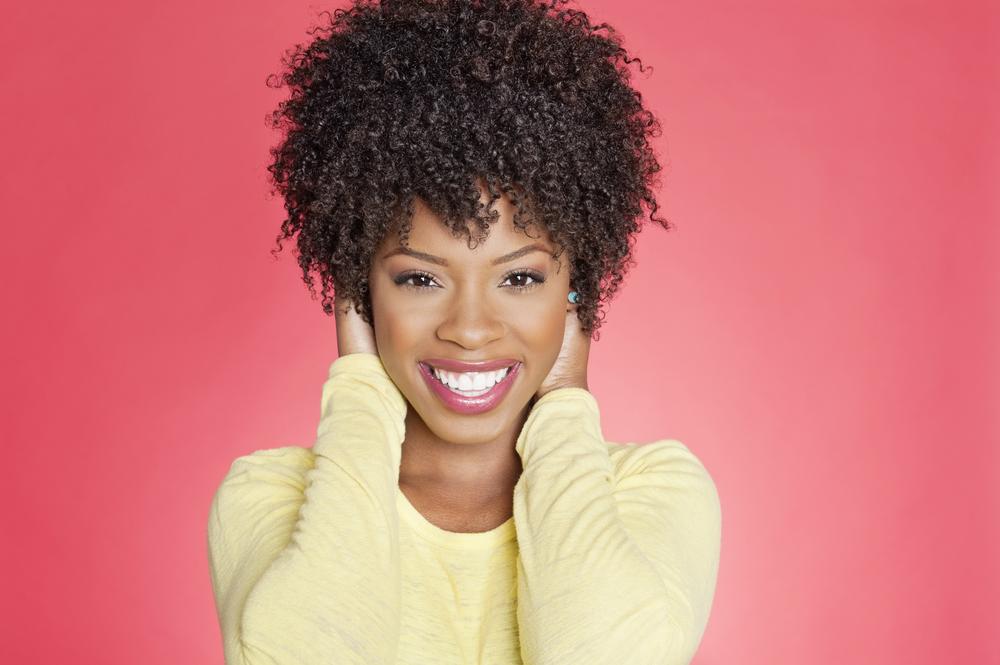
- Apply a generous amount of product on your ends to prevent frizz. Using puddings/souffle/curling creams or even Shea Butter as stylers for type 4 hair is not ideal if you want long-lasting results. Take it from someone who did so and still regret it till this day, Lagos weather dealt with me. It works for your type 3 hair crush… It won’t work for you. Most YouTubers don’t have jobs. They stay at home so their styles last for just a day sometimes and even if it lasts for days, they don’t get to deal with African humidity so stop blaming your hair type. We are Nigerians, the kings/queens of improvisation and overcoming obstacles. Use pastes, foam wrap lotions, setting lotions or gels instead – they give more hold.
- Detangle each section gently with either a comb/denman brush or your good old fingers after applying the product to smooth it through the hair strands and to give the style a sleek and smooth finish.
- Add perm rods to the ends of the twists/braids if you are transitioning or want your ends to have a defined curl. You can also make hanging bantu knots with your ends. Stretch your twists/braids across your head and pin it in place to stretch. For instance, if a twist is on the right side, stretch it to the left side and pin it close to the ends. This is mostly applicable when you style on damp hair. Styling on damp hair gives shinier, more defined and long-lasting results.
- After styling, let hair sit for 24-48 hours to make sure it dries and sets. If your hair does not dry, you’ll end up with a big messy ball of frizz that is just not sexy at all. You can leave the hair open during the day to air dry some more and wrap up at night. As a LoPo girl, I style on Saturdays to make sure it’s bone-dry by Monday morning because my hair takes a very long time to dry and also because I apply a generous amount of product to each section. If you style at night and want to unravel the next morning, it won’t dry leaving you looking like humidity danced with you. This is where naturals also blame 4c hair. Allow your hair to dry.
- Unravel gently and patiently with oil on your fingers to prevent frizz. Separate where your hair naturally wants to separate to avoid frizz. Don’t separate too much if you want it to last for a week but know that if you want to use it for an occasion, the more you separate, the more volume you get. If you don’t separate too much, don’t worry, it’ll get bigger everyday. That’s the beauty of natural hair. Pick carefully with a styling pick/wide-tooth comb, shake and go.
For the relaxed ladies, you just need to shampoo and condition your hair and style after about an hour with little amounts of Shea Butter and a holding gel (ORS twist and lock gel gave me amazing results while transitioning and works perfectly on my sister’s relaxed hair). Follow the other directions but you don’t need little sections (30 bantu knots will do). Below is a picture of a bantu knot-out on my sister’s relaxed hair. Wrap it up at night with a silk scarf and fluff the next morning. Styles on relaxed hair last for a maximum of three days if you are extra careful but you might want to re-style every two days.
Here’s a not-so-little bonus (because I’m so kind):
Ideal Styles In Relation To Hair Length
- TWA (Teeny-Weeny Afro): Finger coils, Foam coils (do the one(s) you know, I hear/read of a lot of weird-sounding coils).
- Awkward Stage (A year old): Bantu knot-outs, perm rod sets, finger coils, straw sets.
- Two years: Two/three strand twist-outs, braid-outs, flat twist-outs, perm rod sets, straw sets.
- Three years: Flexi rod sets, curlformer sets, flat twist and curl/curly fro, twisted bantu knot-outs, twist and curl, perm rod sets, straw sets, bantu flat-outs/pin curls.
Once your hair is three years old, that is when the fun begins because all these styles with the exception of foam coils can be achieved. Finger coils and straw sets can also be achieved on waist-length hair. There are different methods for styling straw sets according to hair length. I’m basing this on a 4inch/year growth (it is more realistic). I also mean an actual year after your hair started growing out without being relaxed not one year post big chop. Everyone’s hair does not grow like wildfire.
Should I write an article linking videos of all these styles according to length on youtube? Let me know. There are lots of styles to rock with your natural hair, try it out and see how gorgeous your hair really is and why protective styles are completely unnecessary except during Harmattan when they actually protect the hair.
Gently put your hair in a ponytail at night or shove it in (your choice) and wrap up with a satin scarf or bonnet or even a silk church scarf. You can bend your head forward and tie the scarf from the back, criss-cross at the front and knot it at the back of your head. This is called the pineapple method. It doesn’t work for everyone though. For short-haired naturals, just cover with a satin scarf/bonnet at night, pick out with fingers coated with oil in the morning, fluff with a pick and go for the rest of the week.
Ideally, a protective style should last you for 5 working days. This is where curling creams fail you because they do not give enough hold for a whole day. Rock a high puff, a low/high textured bun/ponytail and a mohawk after the second or third day. No need to style three times a week, nobody’s got that kinda time. As you will see in two of the pictures below, while figuring out the right product for your hair, flakes must be part of your styles for sometime until you find ‘the one’. It’s okay. Like I always say, this is a journey in which you learn every day.
I hope this helps, I’d really love to see more defined protective styles out here. Aren’t you tired of seeing every natural in high puffs? I know I am. We got this! Let’s make it werk! Peace and blessings!
Transitioning
Fully Natural

